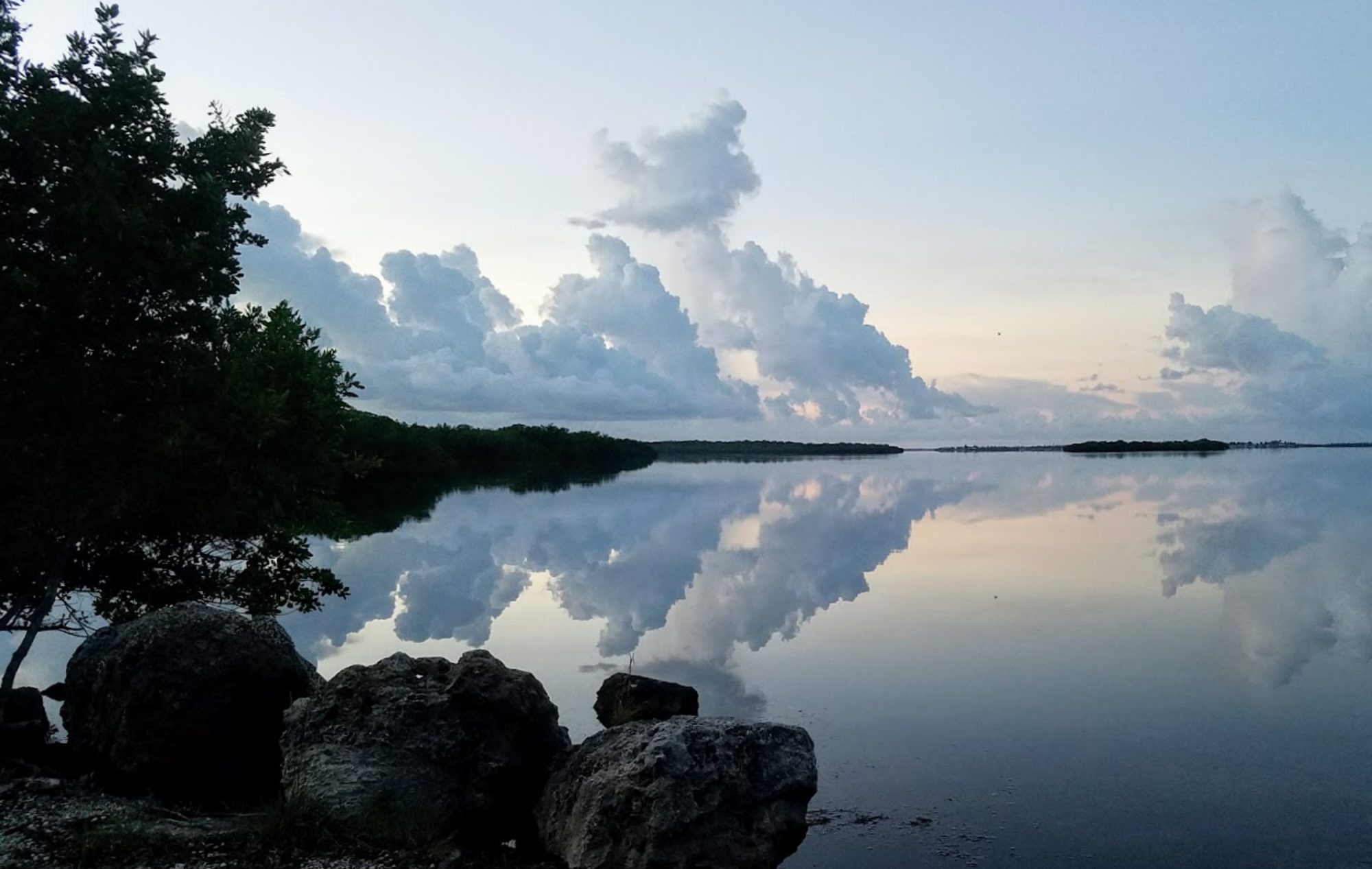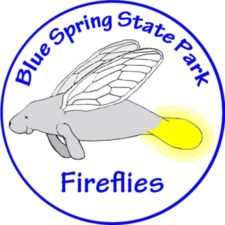UPDATE:
We had a terrific time at Lights of Nights at Blue Springs State Park.
Here’s what we learned last night that may help make your trip as successful as ours:
- Information we had seen suggested taking a flashlight — but the ranger’s introduction said not to use them because bright lights keep the fireflies from flashing. I think it may really just make our pupils constrict and keep us from seeing the fireflies, but bottom line: you can leave the flashlight at home.
- I promise you will be happier if you bring — and use — bug spray.
- You can arrive as the park closes (Sundown) without missing anything if you’ve already been to Blue Springs. We arrived at about 6:30 and had time to take a trail walk before assembling for the ranger’s introduction. We’ll go back next week and take some friends and a picnic, but you can arrive at 6:45 and be in plenty of time.
- Pay regular park entry and a $10 parking fee. This means that for $16, we could have brought several friends for no additional fee, making this a real bargain for families.
- And there WILL be families, and children. Be patient with everyone. The blinking fireflies are overwhelming and people can forget themselves. Take a deep breath – it will be okay.
- This event surpassed every expectation I had. In my mind, Blue Springs is now more about fireflies than manatees!
- Park rangers are generally friendly, but the Blue Springs rangers really take the cake. The two rangers on duty last night were friendly, funny, accessible, and patient with answering questions from the kids.
- The volunteers from Friends of Blue Springs State Park were getting organized when we arrived, and looked like the were having a great time. On the boardwalk, they were as excited as the visitors and fun to interact with.
- THE FIREFLIES! I have never see anything like this in Florida. When we see fireflies here, I count myself lucky if I see a half dozen. Last night we saw literally tens of thousands. They were on the hill going down to the spring run. They were on the other side of the boardwalk in the woods — it literally looked like Christmas lights. As it got darker, we could see them on the far side of the spring. It was amazing. Halfway down the boardwalk, we agreed that we wanted to come back ASAP, and we’re already planning that trip.
To learn more about this event, stay in touch with Blue Springs State Park, Friends of Blue Springs, and Visit West Volusia County. These links will take you to their Facebook pages, but they also have websites that are worth visiting to learn about the area.
Tonight, we plan to visit Blue Springs State Park and enjoy some fireflies, sometimes called lightning bugs. Each year for a brief time, the park stays open past dark to allow us the opportunity to return to childhood.
Returning to our regular blog entry:
Did you ever catch fireflies and keep them in a jar overnight? Our family always had a couple of mayo jars with holes punched in the top for just this purpose! The fireflies we caught would blink while we fell asleep, and in the morning we would let them go right out back where we caught them. I hope I never outgrow the gasp of delight that accompanies the sighting of the season’s first fireflies!
Fireflies, or if you prefer, lighting bugs, are neither flies nor bugs. They belong to the beetle family. They are classified as Lampyridae. Within the Lampyridae family, there are thousands of species, over 170 in the United States. Here in the U.S., most use the familiar bioluminescent flash to communicate and find a mate, but some produce a steady light, while others produce no light at all.
Fireflies lay their eggs in the soil and most larvae (which are usually carnivorous) stay in the soil to pupate. Some pupate on bark and some high in the treetops. Most adults feed on pollen or nectar, but because their lifespan as adults is measured only in weeks, some appear to never feed at all. You will generally find fireflies near standing water. Even a small pond or large puddle, if it lasts for a couple of weeks, will provide enough water for these beetles to thrive. They like humidity and warmth, so they emerge at different dates in different places.
The flashing sequence the fireflies use to communicate with each other often occurs in a specific pattern. With patience, you can identify the pattern and try responding to them with a flashlight. You may notice them moving closer.
Most of the fireflies we will see in Florida are Photinus pyralis. These are the red headed beetles that flash yellow-green. They’re about ½ inch long. Phausis reticulata doesn’t flash at all, but emits a steady green or blue light. I think we may see some of these tonight. . .I hope we do!
If you’d like to learn more, I have two websites to highly recommend to you. The first is www.firefly.org. This site is educational and based in Texas (so don’t be surprised to read that the fireflies won’t emerge until much later in the Spring. . .Florida produces early fireflies!). The second is https://silentsparks.com, a site used to promote a book called – you guessed it! — Silent Sparks. I recommend this site because there are beautiful photographs and great bits of general firefly knowledge.
I hope you will enjoy your share of fireflies this year!

